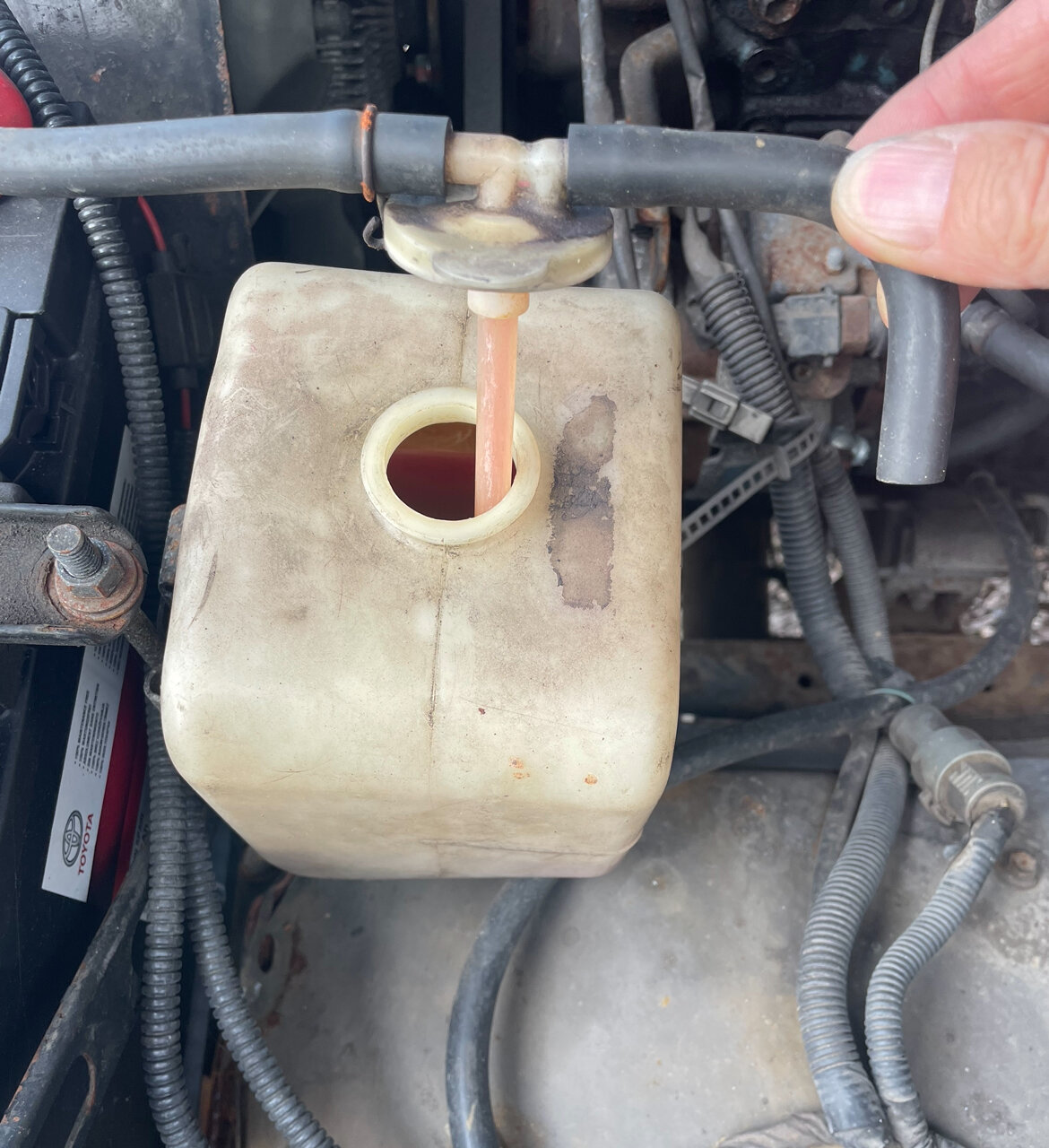MisterCruiser
Well-Known Member
- Joined
- May 28, 2014
- Messages
- 506
- Country Flag
Has anyone done a mod for adding a low coolant level on their Landcruiser, either a 90 or 120 series.
I had to top the rad up by 1.5L today. My reservoir bottle is always empty, so not much point putting the level in their I suppose although it would be good to have it there if Landcruiser's ran a pressurised expansion bottle like modern cars. Whilst, my over flow is nearly always empty, my rad is always full to the brim, in 10yrs of ownership. Until today, when the rad needed 1.5L. I had a quick look and don't think there is a leak, this cruiser doesn't get used much anymore but the coolant still shouldn't just disappear I suppose, so I'll keep an eye on it.
So I guess the next obvious place to put a sensor would be in the rad itself.
Has anyone done such a mod? Or is there some other location to put a sensor?
My German car with a pressurised coolant reservoir has a low level warning and it saved me one time a hose sprung a leak on the way home from work. It's mad to think there is no warning on the landcruiser. You could have a hole in your rad from a stone or such and be losing coolant on a long trip and not even realise until your engine is over heated.
I had to top the rad up by 1.5L today. My reservoir bottle is always empty, so not much point putting the level in their I suppose although it would be good to have it there if Landcruiser's ran a pressurised expansion bottle like modern cars. Whilst, my over flow is nearly always empty, my rad is always full to the brim, in 10yrs of ownership. Until today, when the rad needed 1.5L. I had a quick look and don't think there is a leak, this cruiser doesn't get used much anymore but the coolant still shouldn't just disappear I suppose, so I'll keep an eye on it.
So I guess the next obvious place to put a sensor would be in the rad itself.
Has anyone done such a mod? Or is there some other location to put a sensor?
My German car with a pressurised coolant reservoir has a low level warning and it saved me one time a hose sprung a leak on the way home from work. It's mad to think there is no warning on the landcruiser. You could have a hole in your rad from a stone or such and be losing coolant on a long trip and not even realise until your engine is over heated.







